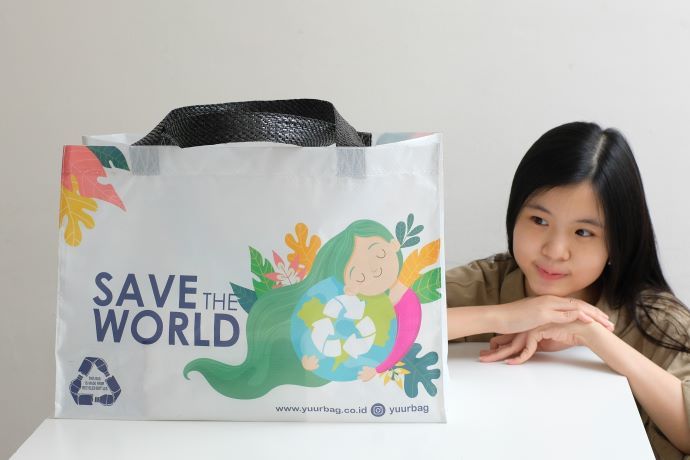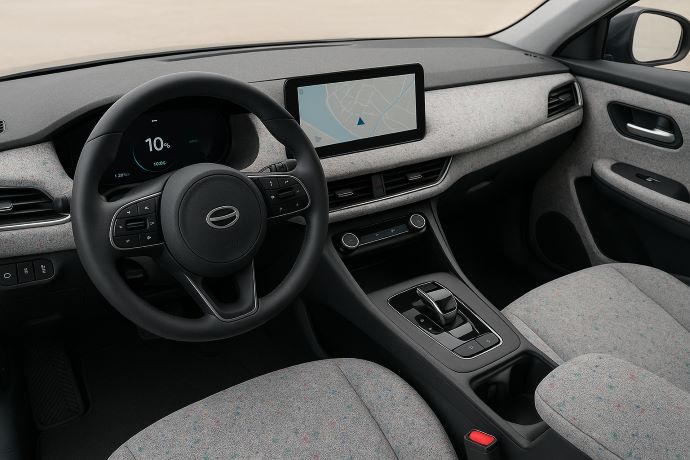PE & HDPE for Moisturizer Packaging — Durable, Recyclable
Key Takeaways:
- Durability with Flexibility: HDPE protects moisturizers, while LDPE adds squeezability for consumer convenience.
- Safe for Formulas: Both are chemically resistant, ensuring no reaction with active skincare ingredients.
- Eco-Friendly & Cost-Effective: PE and HDPE are recyclable, and recycled resins reduce costs while supporting sustainability goals.
If you’re choosing packaging for moisturizers, HDPE and PE blends offer the ideal mix of strength, consumer usability, chemical safety, and recyclability. Compared to PET or glass, they strike the right balance for most skincare brands, especially in tubes and semi-rigid bottles.
| Material | Rigidity | Barrier (Moisture/Oxygen) | Recyclability | Typical Use |
| HDPE | Rigid, durable | Excellent moisture, moderate oxygen | Widely recyclable | Bottles, jars, tubes |
| LDPE (PE) | Flexible, squeezable | Moderate barrier | Widely recyclable | Tubes, squeezable bottles |
| PET | Clear, rigid | Strong gas barrier | Widely recyclable | Clear bottles, jars |
| Glass | Very rigid | Excellent barrier | Recyclable but heavy | Premium jars, droppers |
| Airless Systems | Variable | Strong barrier | Low (mixed materials) | Premium pumps, serums |
Source: industry datasheets and cosmetic packaging guides
Why PE and HDPE Stand Out
1. Strength & Durability
Moisturizers must survive shipping, handling, and consumer use.
- HDPE offers rigidity and impact resistance.
- Reduces product loss and complaints.
- Maintains integrity from factory to consumer shelf.
Read More : Understanding HDPE Pellets - Properties and Applications
2. Consumer-Friendly Squeezability
While HDPE is tough, it can feel too stiff. That’s why blending with LDPE works:
- Easier dispensing from tubes and bottles.
- Better brand perception due to user-friendly design.
- Encourages repurchase because packaging feels intuitive.
Also Read : Recycled PET vs. Virgin PET - A Comprehensive Comparison
3. Moisture & Shelf Life Protection
Moisturizers often contain water-based actives prone to degradation.
- HDPE’s moisture barrier slows evaporation and contamination.
- Extends product shelf life, reducing waste.
4. Chemical Resistance
Moisturizers include oils, fragrances, and actives. Packaging must not react.
- PE and HDPE are resistant to most cosmetic formulations.
- Prevents leaching or degradation.
- Safe and compliant for long-term storage.
Also Read : How Recycled HDPE Is Changing the Packaging Industry
5. Cost-Effective Manufacturing
- Blending PE with HDPE cuts material costs.
- Compatible with extrusion and blow molding, lowering tooling expenses.
- Enables scalability for both premium and mass-market moisturizers.
Sustainability Matters
Today’s consumers demand eco-friendly packaging.
- PE & HDPE are recyclable, but pumps and mixed-material closures complicate recycling.
- Using PCR (post-consumer recycled) HDPE reduces carbon footprint.
- Example: Credo Beauty & Pact Collective partnered to recycle complex cosmetic packaging, showing how HDPE fits in circular models.
At Langgeng Jaya Group, we supply recycled PE and HDPE resins tested for cosmetic packaging — helping brands align with sustainability without raising costs.
Regulatory & Testing Checklist
If you’re sourcing moisturizer packaging, request these from suppliers:
- Certificate of Analysis (CoA)
- Overall & Specific Migration Tests (EU/FDA standards)
- Accelerated Ageing Tests (heat, UV, humidity)
- Polymer verification (FTIR, DSC)
- Moisture content & ash content checks
Case Example — Shifting to Recycled HDPE
Several skincare brands now highlight recycled packaging on labels. By shifting to PCR HDPE bottles, they reduce virgin plastic use while maintaining shelf life and durability. For manufacturers, this creates both marketing leverage and compliance readiness as Extended Producer Responsibility (EPR) rules expand globally.
Conclusion
For most cosmetic manufacturers, PE + HDPE blends are the sweet spot for moisturizer packaging:
- Durable for product protection.
- Flexible enough for consumer-friendly squeezing.
- Chemically resistant to safeguard formulations.
- Cost-effective for scalable production.
- Sustainable when paired with recycled resins.



